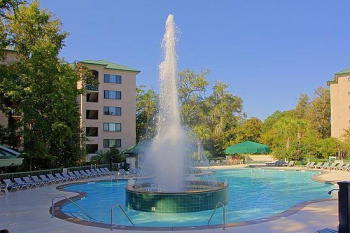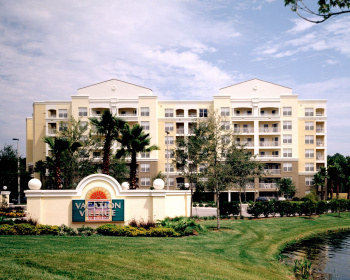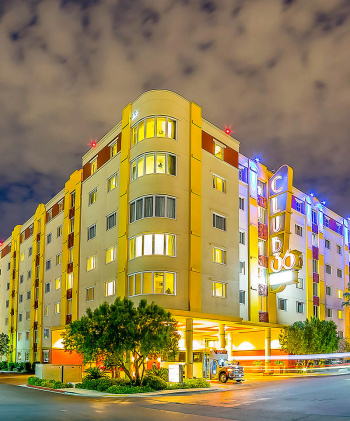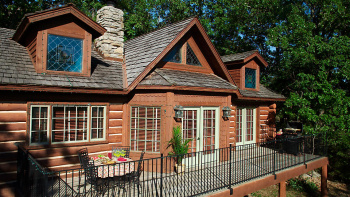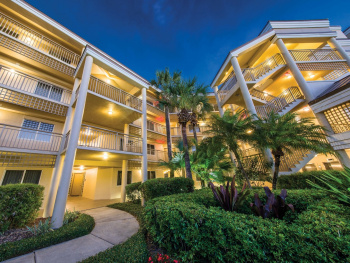
Why Wichita is the Air Capital of the World
This post was originally published on this siteWichita is often billed as the “Air Capital of the World” and, after spending a aviation-filled day on the ground there, it’s hard to argue. The claim isn’t exaggerated but rather an accumulation of facts — decades of aircraft manufacture, test and restoration; a dense cluster of suppliers and OEMs; and a university research engine that feeds industry with innovation and qualified hands. Walk the ramp at the Kansas Aviation Museum, wander through a Bombardier hangar or spend an afternoon at NIAR and the signs are there for all to see: this is a place where aluminium, composites and ideas have been married, repaired and reinvented for more than a century. But “Air Capital” also describes the city’s pervading culture. Wichita’s identity is woven through with aviation as surely as its wheatfields gave the city its university mascot. There’s a proud, practical lineage here — B-29s, Beechcraft, Cessna, Learjet, Spirit and, today, Bombardier and a thriving test-and-repair ecosystem — that has kept skilled machinists, engineers and innovators in one place for generations. The result is not just a production line but an ecosystem: museums that preserve the story, universities that push the envelope,


